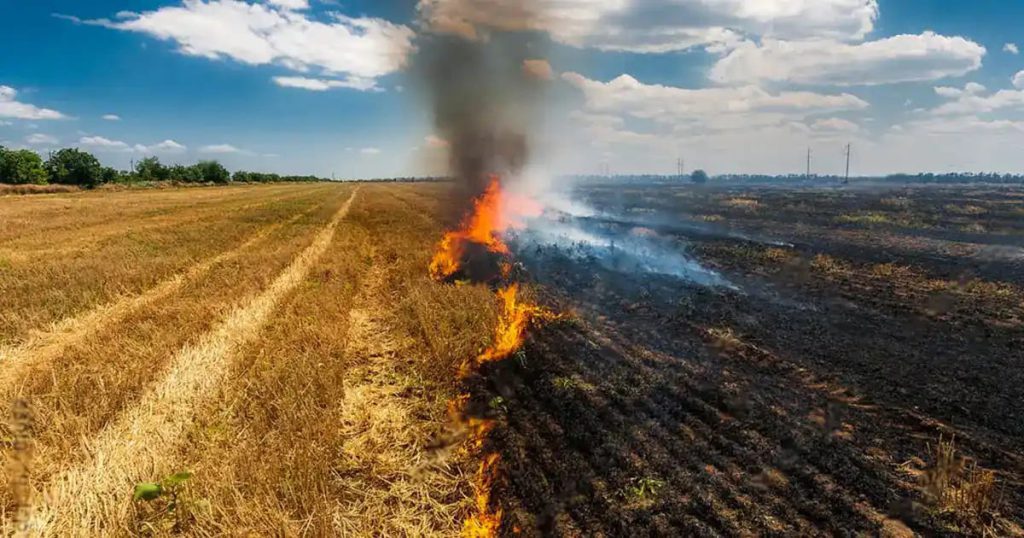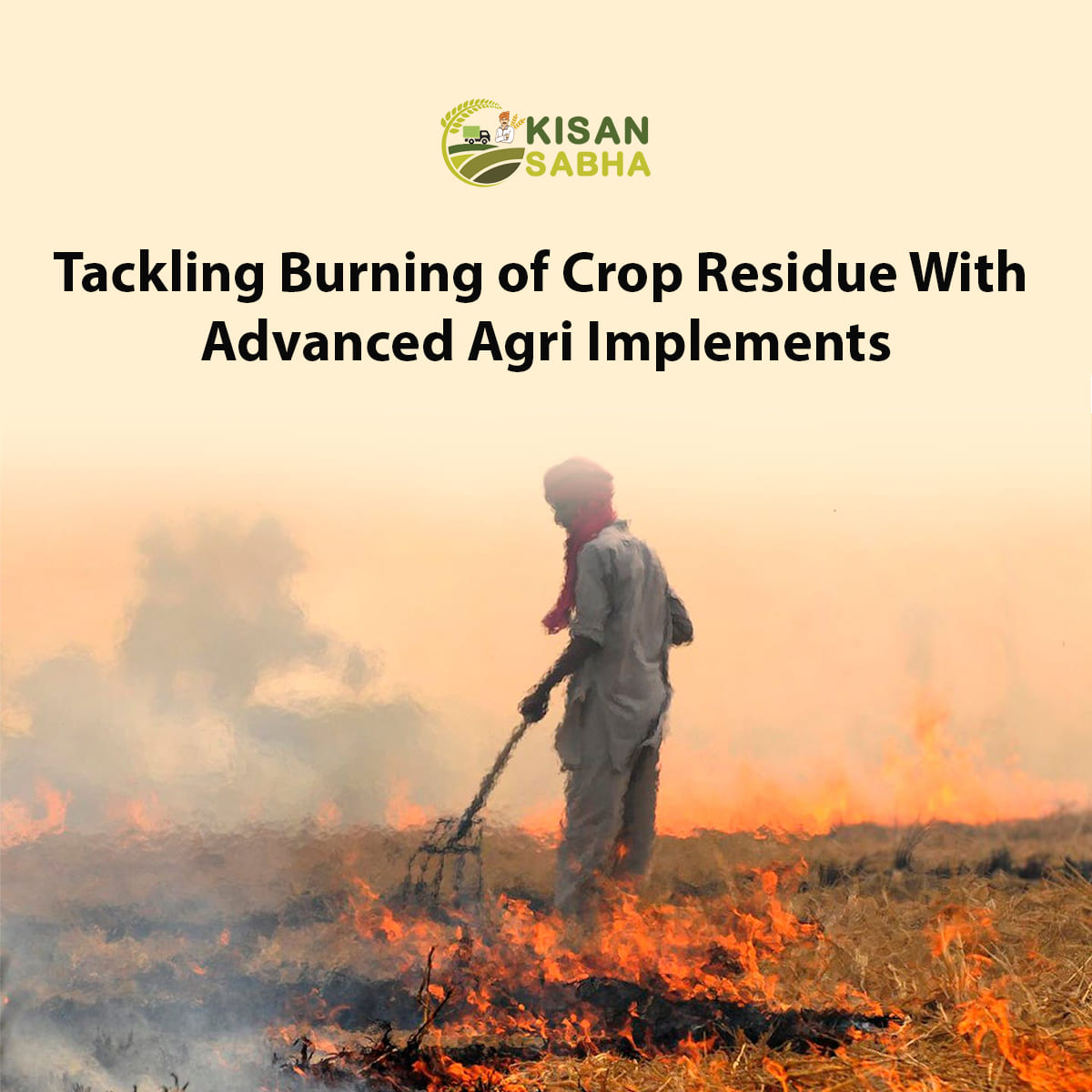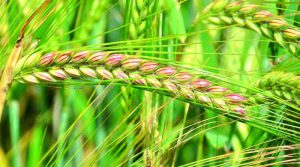Burning crop residue has long been a common practice among Indian farmers due to its apparent ease and cost-effectiveness. Unfortunately, this approach leads to severe consequences, such as air pollution, greenhouse gas emissions, soil degradation, and loss of organic matter. Fortunately, advancements in agricultural implements offer environmentally friendly alternatives that mitigate these detrimental effects. This article highlights various equipment designed to tackle crop residue burning effectively.

Happy Seeder
Developed by Punjab Agricultural University (PAU), the Happy Seeder is an integrated machine used to sow wheat directly into standing rice straw. Its front-mounted blades cut and lift the residue while simultaneously depositing it into rear hoppers. Subsequent wheels press the remaining stubbles into the soil, preparing the field for sowing. Benefits include reduced fuel consumption, decreased labor requirement, and improved soil health compared to conventional methods involving residue removal or pre-burning.
Turbo Happy Seeder
Building upon the success of the original model, PAU introduced the Turbo Happy Seeder (THS). Featuring a turbine-driven fan, THS boasts enhanced residue management capabilities, particularly in heavy straw loads. By blowing away lighter particles, it maintains adequate seed-soil contact necessary for optimal germination. Additionally, THS supports multi-cropping scenarios, allowing simultaneous planting of pulses alongside cereals, thus diversifying cropping patterns and generating supplementary income streams for farmers.
Super Straw Management System (Super SMS)
An attachment compatible with most combine harvesters, Super SMS chops and spreads crop residue uniformly throughout the field. Unlike standard chopper attachments, Super SMS integrates a series of revolving knives that cut residues into smaller pieces, accelerating decomposition and subsequent nutrient release. Combined with zero-tillage machinery like the Happy Seeder, Super SMS promotes conservation agriculture principles, ultimately benefiting both the farmer and the environment.
Also Read:- 12 Key Benefits of Chemical-Free Bio-Farming
Rotavator
Rotavators, also known as rototillers, mix soil and crop residues through rotating blades, breaking down larger fragments into manageable sizes. Primarily utilized for land preparation purposes, rotavators eliminate the necessity for manual residue clearing or burning. Concurrently, they aerate compacted soils, stimulate microbial activity, and encourage root penetration. Models vary based on horsepower ratings, blade configurations, and working widths, catering to distinct farming contexts.
Mulcher
Mulchers serve as versatile implements for processing diverse kinds of vegetation, ranging from tree branches to sugarcane trash. Attached to tractors or excavators, mulching units consist of hammer-like mechanisms that shred materials into tiny bits. Applied strategically, mulched residues suppress weeds, retain soil moisture, and recycle essential nutrients. Specific applications include vineyard maintenance, orchard pruning, and biofuel feedstock production.
Bio-Enzyme Sprayers
Bio-enzymatic sprayers present an alternative biological solution aimed at hastening crop residue decay. Microorganisms contained within liquid suspensions excrete enzymes capable of decomposing cellulosic material, expediting the breakdown process. Ideal candidates for this technique comprise easily accessible locations devoid of excessive wind speeds or precipitation. Treated fields display remarkable reductions in greenhouse gas emissions and particulate matter concentrations relative to burned counterparts.
Anaerobic Digester
Anaerobic digesters constitute large tanks filled with bacteria that convert organic waste into methane-rich biogas. Suitable substrates encompass animal manure, kitchen scraps, and agricultural residues. Post-digestion slurry serves as an excellent fertilizer substitute, restoring soil fertility naturally. Biogas generated through anaerobic digestion potentially fuels cooking stoves, electricity generators, or combined heat and power systems, offsetting fossil fuel dependence.
Conclusion
Transitioning away from harmful burning practices entails embracing innovative agricultural implements capable of tackling crop residue effectively. Implementing solutions such as the Happy Seeder, Turbo Happy Seeder, Super SMS, Rotavator, Mulcher, Bio-enzyme Sprayers, and Anaerobic Digesters encourages sustainable farming practices while preserving environmental integrity. Educating farmers about these advanced agri-implements and incentivizing adoption shall collectively contribute to cleaner skies, healthier soils, and prosperous communities.





